Malcolm Jolley talks to author Leanne Vogel about her Keto Diet book.
Leanne Vogel is a Calgary-based holistic nutritionist who publishes the popular blog Healthful Pursuit. Vogel is a passionate advocate of the ketogenic diet, which she explains in the interview below. She’s also just published her first book with Simon & Schuster, The Keto Diet, which is subtitled “The Complete Guide to a High-Fat Diet”, and includes recipes, meal plans and all manner of informatin on how to follow a low carb, high fat ‘eating style’, to borrow one of Vogel’s terms. The Keto Diet seems to be right on trend, and Vogel was planning for a second promotional tour of North America in a few months, when I spoke to her on the phone last week.
This interview has been edited for clarity, style and length.
Good Food Revolution: I have to tell you that I had never heard of the ‘keto diet’ until I received a copy of your book. So, I Googled it, and some of the search results I got seemed a bit wierd. I guess it’s not weird if you’ve been doing it for a while. Maybe the best way to start this interview is if you could explain what the keto diet is?
Leanne Vogel: The ketogenic diet is a low carb, high fat diet where we’re eating just enough fat, a little bit f carbs and moderate protein so we can switch over to fat burning mode. What I mean by that is when you eat carbohydrates, when you’re feeling with carbs, it’s a really inefficient way to use your fuel. You can only hold about 400 grams of carbs, or glycogen, in your body at any given time. By eating low carb, high fat what we’re doing is we’re taking that storage of carbs in our bodies, that glycogen, and we’re switching over to far burning mode so that your body uses not only the fat that you’re eating, but also the fat on your body, as fuel. Unfortunately the Ketogenic Diet sounds a lot like diabetic ketoacidosis, which is really dangerous. That’s not what I’m promoting! It’s a dangerous state that you can get into with some physiological conditions such as diabetes, where your blood ketones get really high and your blood sugar is really high. That’s not what we’re doing. We’re boosting up our ketones a little bit, which are generated when the body breaks down fat, and we’re lowering our blood sugar. So it’s a totally different thing, and my approach in The Keto Diet is that I focus on whole foods and really benefiting the body overall instead of focusing on macros and not looking at the big picture.
Good Food Revolution: OK, just to be clear, The Keto Diet isn’t about starving yourself? Anyone who sees your book, of course, would understand that pretty quickly. It’s not a major calorie restriction thing, right?
Leanne Vogel: That’s a good question. In the ketogenic space, and really in any dieting space, there’s lots of people who’ll say that the key to getting healthy is to lose weight and eat less. My approach has always been that when we switch over to this ketogenic state is that when you’re not eating, you’re body has the ability to quickly use the fat on your body as fuel. Whereas, when you’re feeling on carbohydrates it’s really hard to dip into those stores of fat. So, I find that when I’m not eating, my body is constantly being fueled by its own body fat. So, I’m never really “starving”. If you didn’t have anything to eat at all, your body will go into a state of ketosis briefly before going into starvation mode, but that is not what we’re talking about! That is not what we’re trying to achieve here, whatsoever. That can’t be good for you!
Good Food Revolution: Can we talk about the difference between fat and protein? I’m not sure I fully understand that or how your keto diet is different from Atkins, or paleo or some of those other diets?
Leanne Vogel: Yeah, you bet. The standard ketogenic approach is low carbs and high fat; you count your macros: your carbs, proteins and fats. The standard keto protocol wants you to make sure you’re only eating about 5% carbs and anywhere between 75% and 85% fat. The rest is left to protein. With my approach, it’s more a merger between paleo and keto. The macros are still important, for sure, but so is the quality of the food. How you eat your food, and the relationship you have with your food, and where you’re getting your food. So, I imagine that my approach is like paleo without the sweet potatoes and the maple syrup, but with a lot more lard and coconut oil! So, if you’re eating paleo and you’re interested in eating keto, you’re already halfway there. You just reduce the amount of carbohydrates, like starchy carbs and maybe even some fruit – I know when I was paleo, I was having about six servings of fruit a day. And with Atkins, it’s very much in line with the standard ketogenic approach I was talking about, where it’s more about the numbers than how your body feels. I’ve never practiced Atkins, so I’m just going off of what other people have told me. There’s one version where I think it will get you into ketosis, but there’s another version that has a lot of protein. If you have a lot of protein, then it might be harder for you to go from that sugar burning state to the fat burning state. That’s the problem with too much protein.
Good Food Revolution: How did you get onto the keto diet? What was your path and journey?
Leanne Vogel: I studied nutrition at The Canadian School of Natural Nutrition – this is back in 2010. At that point I was a raw vegan, and I went off birth control but I never got my period back. It was years upon years, and I had started my blog and started my practice, and I was advocating juicing and cleanses, smoothies – that’s what was in my wheelhouse. But I was beginning to feel that as I was in my late twenties perhaps I did need to have a menstruation and that not having one was a sign of health. I met a naturopath who recommended a low carb diet, I thought it was the most unhealthy thing. How could a vegan do that? To be plant-based and also low carb is not possible. It would be so bad for you. And then a girlfriend posted on Instagram about this keto meal, with the hashtag #keto, and I clicked and saw all this bacon and cheese and butter and I thought what are these people doing?! Jimmy Moore’s book, Keto Clarity , came out the same week. So I read that and thought ok, there’s something to this. It was the only thing I hadn’t tried and I really wanted to get my hormones back. So, I switched over to the ketogenic diet, but I was quite secretive about it for a few months. If you’re livelihood is connected to what you’re eating, you really want to be sure it’s right before you go to the vegan community and say you’re eating bacon, but it’s for a good cause and you really know what’s happening! So, after a months, my hormone counts got a lot better. I went off my ADHD medication that I had been on since I was twelve. So, I knew that I had found something that was worth talking about. That was in 2014. Since then I have adjusted the diet, not just to work for my body but to work for women’s bodies. Women have a hormone cycle that is 28 days. Men have a cycle that is one day. Our bodies are going to respond differently, just as with any eating style. So, I really want to be that voice for women who are interested in this low carb, high fat thing to balance their hormones and just feel better. I have been doing keto for three years and it’s completely changed my life: I got my hormones back, I’m ovulating, I have a menstruation again and it’s been really cool to use the keto diet to achieve these things.
Good Food Revolution: This is probably a good way to segue from talking about you to the book. The Keto Diet is a diet book, but also a cookbook full of recipes and meal plans. It’s sub-titled ‘The Complete Guide to a High-Fat Diet’, but you also say there’s no one size fits all regime to it, right?
Leanne Vogel: Right. I know people who have been thriving on a vegan eating style for 30 years. I know other people who have barely had a vegetable for ten years and are fine: their blood work is bang on. It blows my mind how different people are. Just like we look different on the outside, we work a little bit differently on the inside. When I was approached to write this book, I really wanted to be that voice that said, ‘Hey, you’re different, and things are going to have be different for you.’ If I was going to sit down and write this 448 page book that said you only have to do this one thing to be happy, healthy and successful, that would be dishonest from my opinion and what I’ve seen out there in the world. I wanted to create something that gave people permission to adjust their eating style and make it their own. Maybe if you’re vegan, you eat collagen. Or if you’re a keto person, you eat carbs every evening as a way to balance out your hormones. So, I really wanted to this book to show people that we’re all different and to give them permission to feel ok and embrace those differences.
Good Food Revolution: I remarked on that in the book, that you say that if you follow The Keto Diet, but you want cookie or a piece of bread or something once and a while, that’s ok.
Leanne Vogel: Yeah, life goes on. Its just food. In the grand scheme of things, I think we put so much power into food, whether it’s good or bad. Just ask yourself does this food make me feel good? Sometimes the answer will be no, it doesn’t make me feel good but it’s what I want right now. That’s totally ok. If you’re taking a therapeutic approach to any diet, whether you’ve decided to go on a juice cleanse or do the ketogenic diet to overcome a big illness, you’re going to take a more serious approach and follow the rules to heal your body. But if you’re just looking to take care of yourself better, the first step to being kinder and healthier is to step back and realize that your body wants to be healthy. It doesn’t want to be unhealthy. It doesn’t want to carry around extra weight it doesn’t need. It doesn’t want to be tired or have brain fog. So, if you let it do what it wants to do, and trust it in the process, you’ll probably feel better. It can be a scary thing for people, and something that I try and say over and over in the book in different ways.
Good Food Revolution: If you look at the recipes in The Keto Diet, a lot of them look to me to just be meat and vegetables. Steak and a salad. They’re not particularly weird looking.
Leanne Vogel: That’s right. When people ask me what I eat, I say meat, vegetables and a lot of fat. With my plant-based background, I always push the limit on how much plants I can eat. I feel better when I eat more plants. SO, yeah there’s a lot of vegetables, a lot of meat and a lot of fat.
Good Food Revolution: When you say fat, you don’t just mean animal fat, through? Although I saw one recipe that looked a lot like just chicken skin served with mayonnaise. Looked pretty good, actually.
Leanne Vogel: I used chicken skin to get my hormones back up: it can be really helpful if you’re low in estrogen. But, yes they’re like chips. It’s really important that you look at the qualities of your fat. My recipes are dairy-free, which is a hold-over from my vegan days. I don’t know if I could ever eat dairy again, it’s just this thing where my body does not agree with it, and I see that in a lot of people as well. But, when people ask how they can increase their fat, an easy way is cheese, milk or dairy. But what happens is, when they go over to a ketogenic diet, they’re eating copious amounts of dairy and dealing with lots of inflammation. So with The Keto Diet and all the resources at my blog, Healthful Pursuit, I don’t include dairy. The old that I tend to cook with are avocado oil, hazelnut oil, if you don’t do nuts or seeds, and tallow, which is beef fat that has been rendered, chicken ft, duck fat…
Good Food Revolution: Beef tallow is what McDonald’s used to make their fries with! They got in trouble for it, I think.
Leanne Vogel: That’s right. It’s sad if you look at the way fat has been demonized over the years. Nina Teicholz’s book Big Fat Surprise will open up your eyes, and you’ll see fat in a whole different way. But yes, carbs and sugar were promoted and fat as demonized. Quality of fat is still important, because fat can hold a lot of toxins. Go for the ethically raised meats. Or go for plant-based fats like coconut oil and avocado oil, or cacao butter, which is the oil from chocolate. Or olive oil, or almond oil. There are lots of options if you’re just baby stepping your way into eating more fats and you’re not too sure if you’re up for the animal stuff yet.
That’s where I came from. I wasn’t just a vegan, I was a no fat vegan. I did not eat fat. I remember posting on my blog to use water to blend hummus instead of tahini because it’s “better for you“. So, I’ve done a complete 180. I totally get the concern. But if what you’re doing isn’t working and you’re not feeling well, then you owe it to yourself to try something else. For me, it was a ketogenic diet. Every doctor told me, because of the state of my hormones and because it had been eight years since I had had a successful menstruation that was it for me: I would never ovulate and I would never have children. So, to be able to use this eating style – and that’s the only thing I changed – and to have had it work has been incredible for me.
Good Food Revolution: I have one last question that comes from something I read in The Keto Diet. Is it really ok if I have snack before I go to bed?
Leanne Vogel: Great question! I’ll never forget when I was about twelve years old and I loved Oprah. I remember Oprah looked into the camera, looked right at me, and she said, “Do not eat past 6PM.” Ok, I thought, I’m done and I’m going to do this… but it’s not true! The theory is that if you eat before bed, you’re not going to be able to burn as many calories while you’re asleep. But your body still needs to burn about the same amount of energy as when you’re awake. I mean if you’re really active, at your workout, sure you’re going to burn some more calories. But it’s not like something happens to your body at 6PM where it stops burning calories. Your body will burn calories in bed just like it will when you’re sitting at your desk doing work. And, actually, when I was doing research for the book I found that after four hours of sleeping, on that fourth hour, your body will actually increase its carbohydrate burn up until about an hour until you wake up. If you have a good solid eight hour sleep, you’re carbohydrate burn will be increased for those three hours. We should just listen to our bodies: if you’re legitimately hungry before bed, you should have something to eat. Just like, if you wake up and you’re not hungry, you don’t have to have something to eat, even if you’re told you’re supposed to. Thinking about all these rules is something that used to drive me crazy. All these rules that were supposed to make me healthy weren’t and caused me anxiety around food. So, yeah, if you want to have a snack before bed, just have it! And if you do have a snack before bed, you probably won’t want breakfast, and that’s ok too. Jut get into that mindset of listening to your body a little bit more.

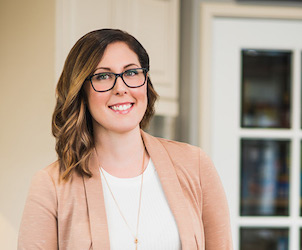
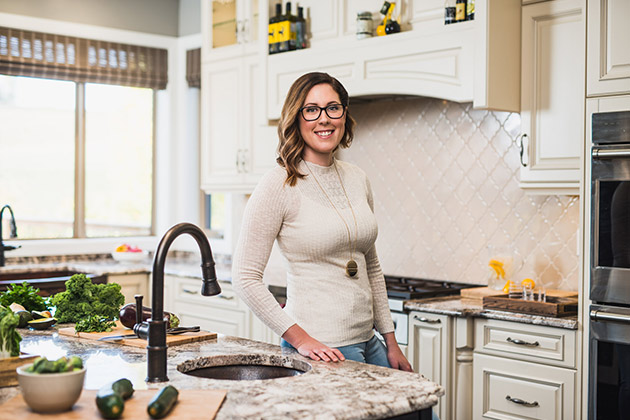
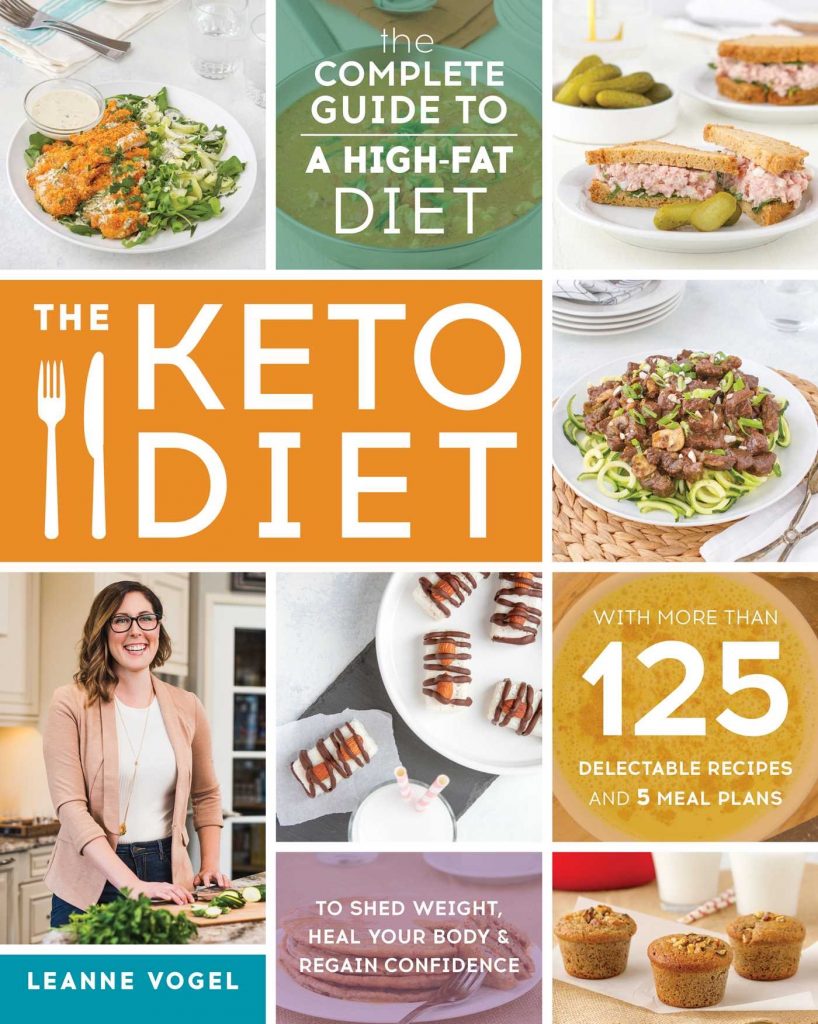

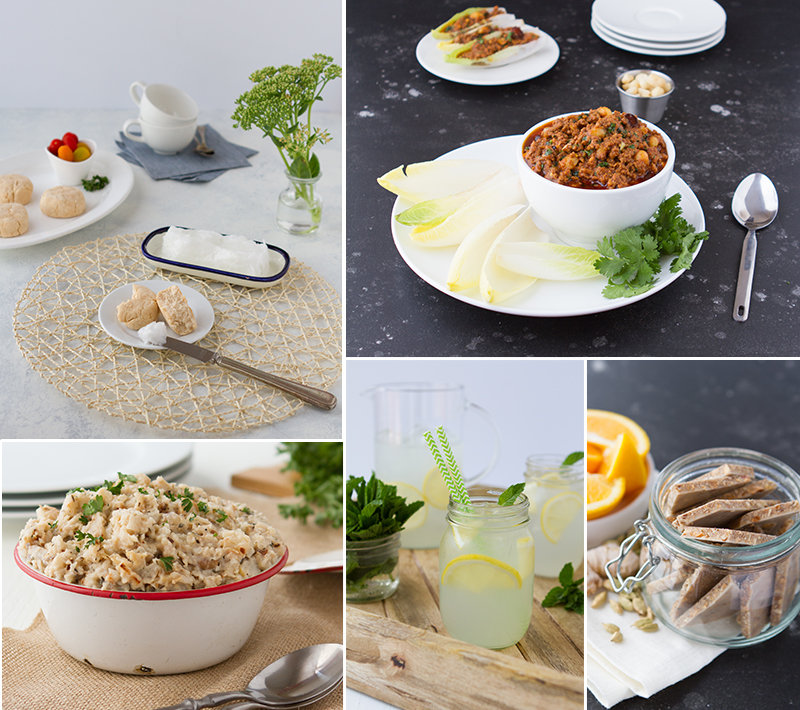

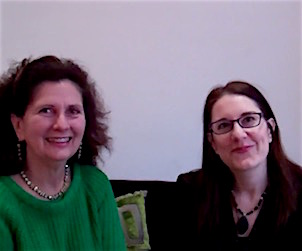

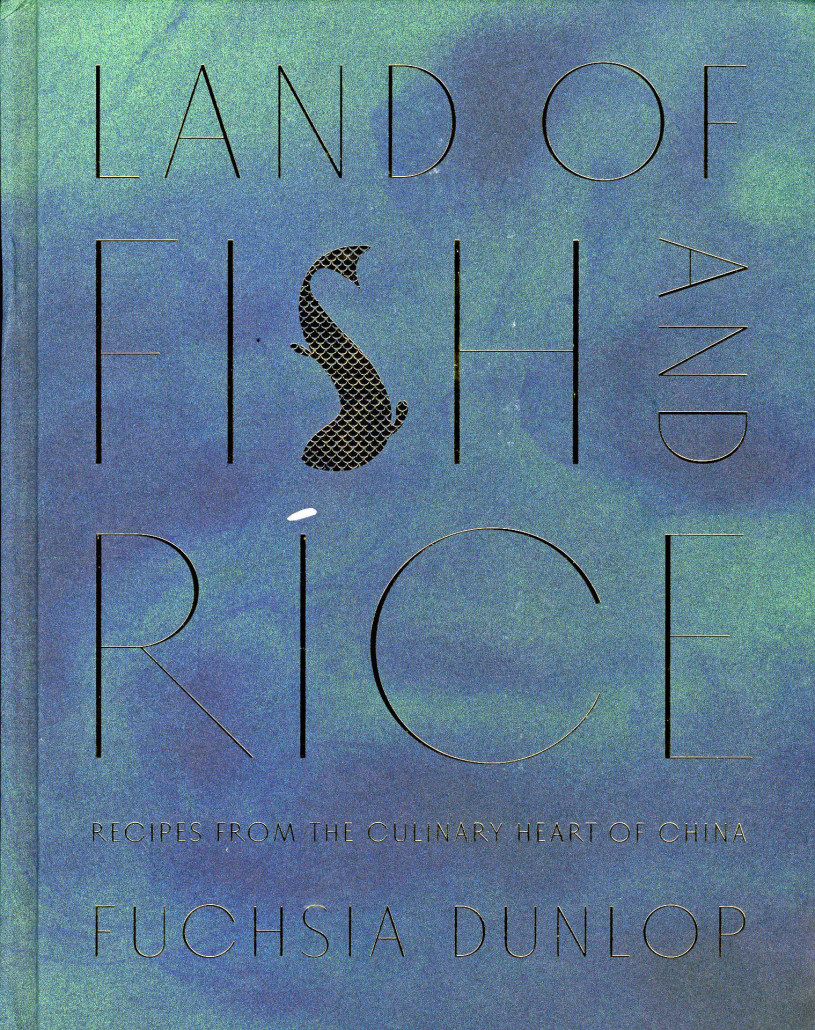
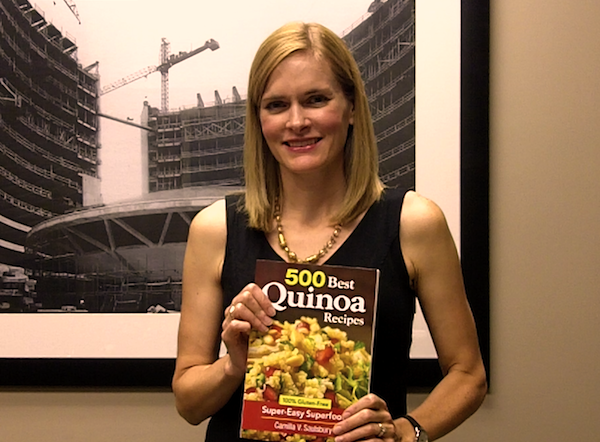

Does her book about Keto refer at all to a vegetarian diet… Thank you
I believe there are vegetarian and vegan recipes in the book, alhtough there is also a lot of meat. Maybe try contacting Leanne Vogel directly: https://www.healthfulpursuit.com/?